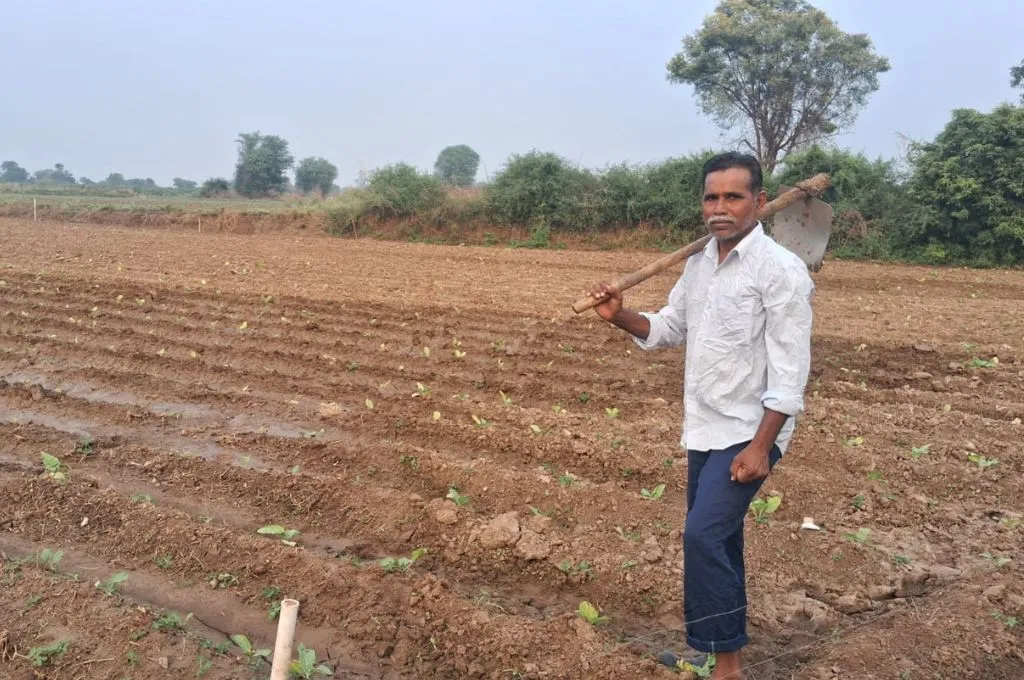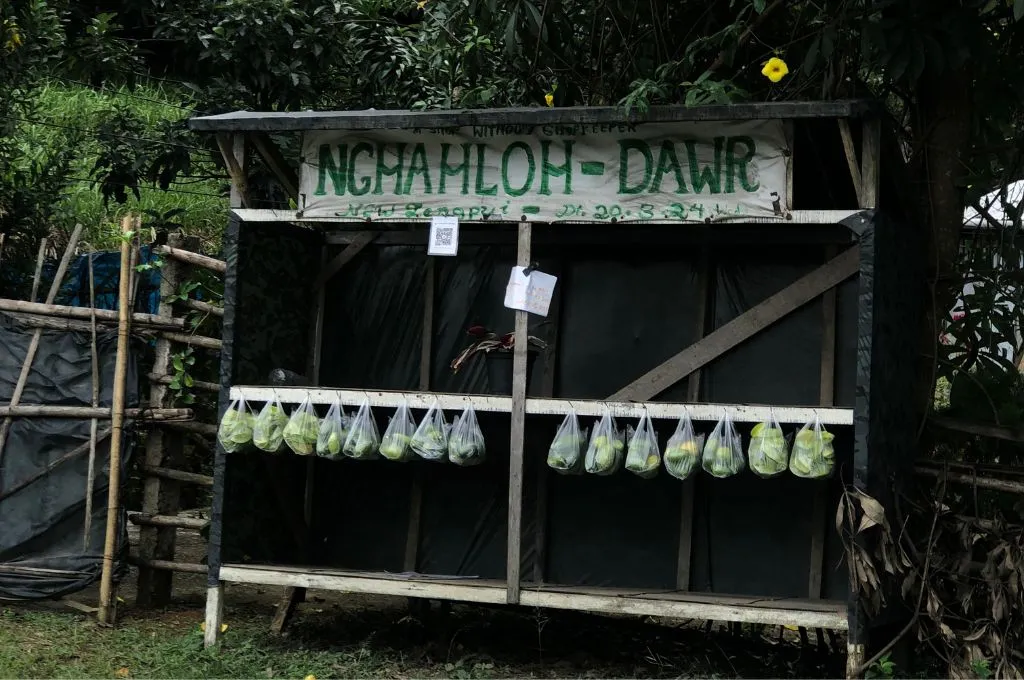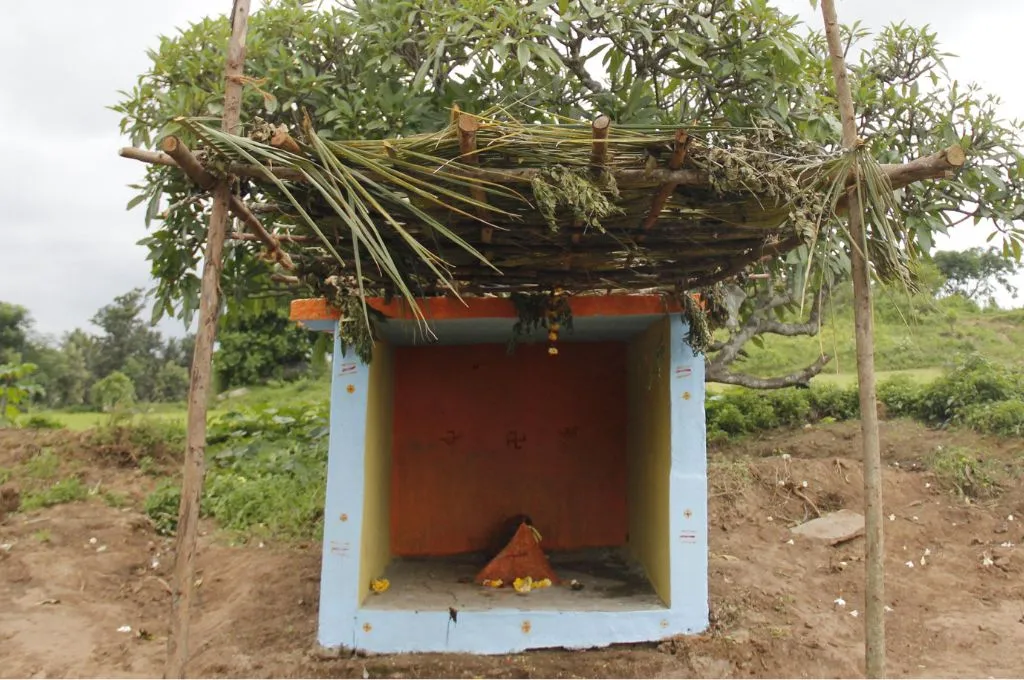The root of the problem: Pine cultivation in Himachal
Located at a height of 3,000 feet in the Western Himalayas, Tirthan Valley is predominantly covered with pine trees, locally known as chir ka ped. Due to the relatively quick speed at which they grow, these trees were introduced here during the colonial era to meet the demand for wood necessary for constructing and expanding the Indian Railways network. As a result, the local forest vegetation was cleared up and monoculture plantation of pine trees began to be preferred over other native species of the Himalayas. However, over time, this practice has severely impacted the local ecosystem of the region.
“Pine trees have a shallow root system, so they thrive in areas with minimal water, less fertile land, and harsh conditions. Their leaves are needle-shaped. Because of this, livestock do not consume them. Local wild species too find them harsh to use for shelter,” says Surendra Thakur, a resident from Nadhar village in Tirthan Valley. “Local nurseries offer few native species, making it difficult to bring diversity to the village area. There is demand for tree species such as madhu (willow) and banj (oak) that can be used for fodder leaves, construction, and fuel that is not being met,” he adds.
Livelihood in the region depends heavily on livestock and agriculture. Since livestock does not graze on pine leaves, they have to venture out far into the forests. “More local species such as chemu (Himalayan mulberry) and phoogu (wild Himalayan fig) are needed to prevent this,” says Dayawanti, another resident of the village.
Durgadevi, a 60-year-old woman from the same village, says, “Pine trees retain less water, which lowers the groundwater level. The needle-shaped leaves are inflammable and a leading cause of forest fires in the region. These fires have spread uncontrollably now, consuming entire mountainsides and any remaining diverse plant species.”
Pine trees possess minimal canopy cover and inhibit the growth of any grasses underneath, resulting in the mountain slopes being vulnerable to erosion caused by rain and wind. They hinder the growth of other species and also end up disrupting soil bacteria, making it difficult for other plants to resist fungal infections.
Kaliram from Pekhari village says, “When I was young, the area boasted dense oak forests, alongside rhododendron, holly, horse chestnut, maple, mulberry, wild apricot, wild pear, and birch trees. But, in the last three decades, pine trees have taken over even in the uppermost regions of the mountains due to their tendency to grow regardless of the conditions.”
Astha Chaudhary is a research scholar studying human–wildlife interactions in Uttar Pradesh. She is associated with the Coexistence Consortium.
—
Know more: Learn why pastoralists are struggling against a new disease among their cattle in Gujarat’s Kachchh district.
Do more: Connect with the author at aastha21090@gmail.com to learn more about and support her work.



